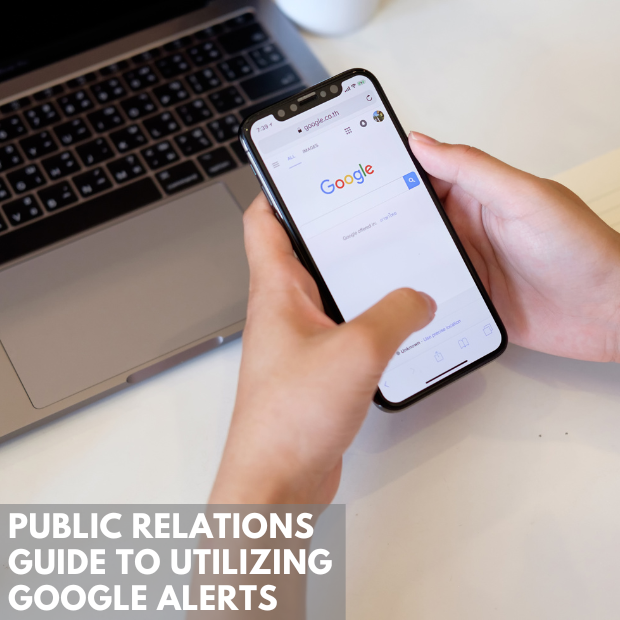
What Are The 7 Barcelona Principles Of Public Relations?
Public relations is often subjective, meaning its impact is palpable but quantification difficult. More often than not, it’s challenging to attribute specific outcomes such as market dominance shifts, sales spikes, or ranking increases directly to isolated PR efforts.
Today’s highly competitive marketplace compels the PR industry to validate its contributions and influence. This need calls for a standardized and coherent framework for measuring PR, which brings us to the Barcelona Principles of Public Relations.
An Overview Of The Barcelona Principles
The Barcelona Principles are a set of seven guidelines that form the first comprehensive framework for evaluating PR and communication effectively. They were crafted and endorsed at the 2010 2nd Annual European Summit on Measurement, which took place in Barcelona, Spain. The International Association for Measurement and Evaluation of Communication (AMEC) convened the summit.
Leading organizations, including the Public Relations Society of America, played a significant role in developing and approving these guiding principles. Approximately 200 participants from over 30 nations originally adopted the seven principles.
The Barcelona Principles have since been updated twice – in 2015 (Barcelona 2.0) and 2020 (Barcelona 3.0). These principles are not merely proof of performance metrics but aim to drive continuous improvement. They shape a framework that is:
- Transparent, consistent, and adaptable to the rapidly growing media landscape.
- Foundational, allowing for the creation of specific measurement programs with clear objectives.
The 7 Barcelona Principles Of Public Relations
1. Setting goals is an absolute prerequisite to communications planning, measurement, and evaluation.
Establishing clear, SMART goals (Specific, Measurable, Actionable, Relevant, and Time-bound) before initiating planning, measurement, or evaluation processes is fundamental. Having a well-defined objective is not merely a recommendation but a necessity.
By promoting SMART goals to a critical precondition, this principle ensures that measuring and evaluating outcomes become an integral part of planning. It compels us to articulate the desired results and outline how to gauge progress toward them. As a result, it facilitates more effective communication strategies.
2. Measurement and evaluation should identify outputs, outcomes, and potential impact.
Identifying outputs (communications or activities produced), outcomes (resulting changes and effects), and potential impact is crucial. Earlier, the Principles favored measuring outcomes over outputs. However, the revised principles widen the scope to include the long-term consequences of a communication strategy.
This involves considering the channels you impact and the changes you aspire to bring about through your campaigns. This principle pushes PR professionals to examine and measure the full extent of their efforts for immediate to long-term impact.
3. Outcomes and impact should be identified for stakeholders, society, and the organization.
Measuring an organization’s communication effectiveness requires models that gauge the quality and quantity of outputs. These models, while considering other variables, should align with organizational metrics. The metrics don’t have to be profit-driven though.
It’s not simply about volume but also the impact of communication efforts.
4. Communication measurement and evaluation should include both qualitative and quantitative analysis.
To truly understand the extent of your efforts, it’s important to leverage different methods when assessing outcomes. Instead of counting outcomes, you need to delve deeper into how your messages are perceived, trusted, and interpreted.
This approach ensures a more nuanced understanding of your communication strategy’s impact. It moves beyond mere numbers to grasp audience engagement and response qualitatively.
5. AVEs are not the value of communication.
Advertising Value Equivalents (AVEs) are not a comprehensive representation of PR’s true value. The communication evaluation and measurement process must adopt a more multifaceted, refined approach that extends beyond financial values.
In essence, understanding the effect of communication strategies requires a quantitative evaluation and exploration of how these strategies resonate and engage with the audience.
6. Holistic communication measurement and evaluation includes all relevant online and offline channels.
Previously, this Principle was about how social media should be measured. The 3.0 version covers all relevant channels including social media. It is key to set goals and track outcomes for all relevant channels from social media to more traditional media.
When doing so, it’s important to account for each channel’s unique features or characteristics and set goals accordingly. This way, you ensure that you can track metrics that matter for each channel.
7. Communication measurement and evaluation are rooted in integrity and transparency to drive learning and insights
Transparency in consistent and systematic communication measurement is crucial. It’s especially important today as organizations work to comply with data privacy regulations like GDPR.
PR’s focus shouldn’t be primarily on collecting and tracking data. Gaining insights from assessments and reflecting these back into communication planning also matters.
It’s also important to be transparent about your evaluation’s context and the potential bias in one’s tools, techniques, and interpretations.
Final Thoughts
The Barcelona Principles framework embodies global teamwork. Its worldwide applicability reflects the evolution and current state of the communications and PR industry.
Adopting the Barcelona Principles can pose a challenge, particularly for organizations navigating this landscape for the first time. However, there’s no need to worry – The Hoyt Organization is here to guide you every step of the way. As seasoned players in communications, we specialize in helping organizations integrate and apply these principles effectively.








